Who benefits from pig toys?
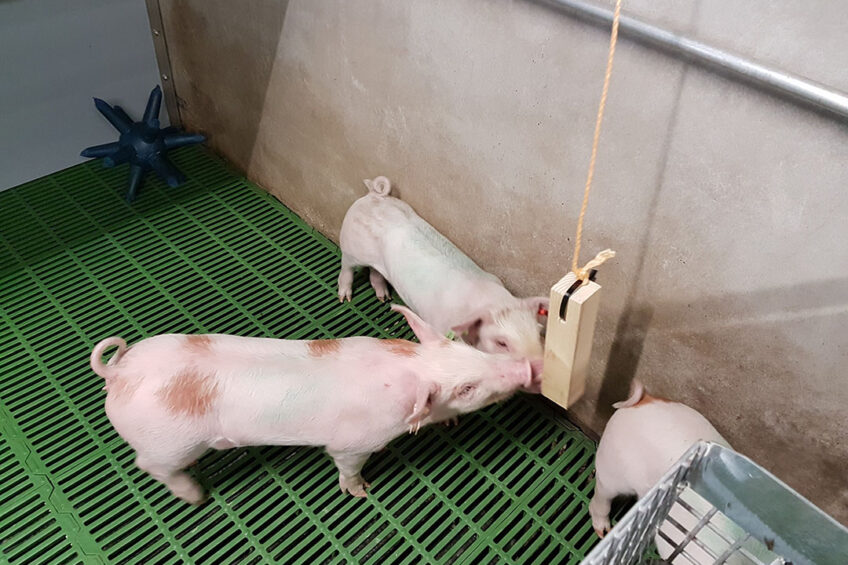
Who benefits from the development of pig toys? Pigs because they have some entertainment, farmers because there is less tail biting among the pigs, or the industry by making profits out of the sales? Pig welfare expert Dr Irene Camerlink takes a critical look at pig toys and what they are good for.
European legislation states that pigs in all production stages should have permanent access to environmental enrichment materials in sufficient quantities, to enable proper investigation and manipulation activities (Council Directive 2008/120/EC). It should be manipulable and not compromise the health of the animals. What this material will be, is largely unspecified, which gives flexibility in how this can be implemented.
Characteristics of good enrichment material
Proper enrichment material depends on the characteristics of the material, rather than the material per se. Research has shown that the main characteristics for suitable material are that the pig can investigate, manipulate, chew (deform or destruct) and ingest it. Straw or hay fits these criteria well, and these materials are very suitable for pigs, even when offered in a galvanised rack that is off the ground.
However, for reasons for management, biosecurity, mycotoxin risks, and slurry systems, it may be preferable to choose the so-called “point-source enrichment objects,” or simply “pig toys.”
Pig toys in store
More pig toys are introduced in the market every day. Some fit to the above mentioned criteria, while others clearly do not. Let’s take a look at what is in store. Materials such as straw bricks, ropes, burlap sheets, and wooden poles can be manipulated, are chewable and somewhat edible. A disadvantage is that they often cannot be shared by multiple pigs at the same time and may cause some competition.
To provide “sufficient quantity” therefore, requires multiple items in the pen, which may make it costly. Hanging burlap sheets, ropes and wood at multiple locations off the floor, so that they do not get soiled, will be a good strategy, see also the main image of this article.
Pig objects offered on a floor
Objects that can only be offered on the floor, such as a ball or bite toy, easily get dirty and may consequently not be used much. Balls are not chewable, deformable, or edible and pigs cannot do much with them. An exception may be the rooting cones, which are also balls, but they do allow the pig to make the typical rooting motion with its snout.
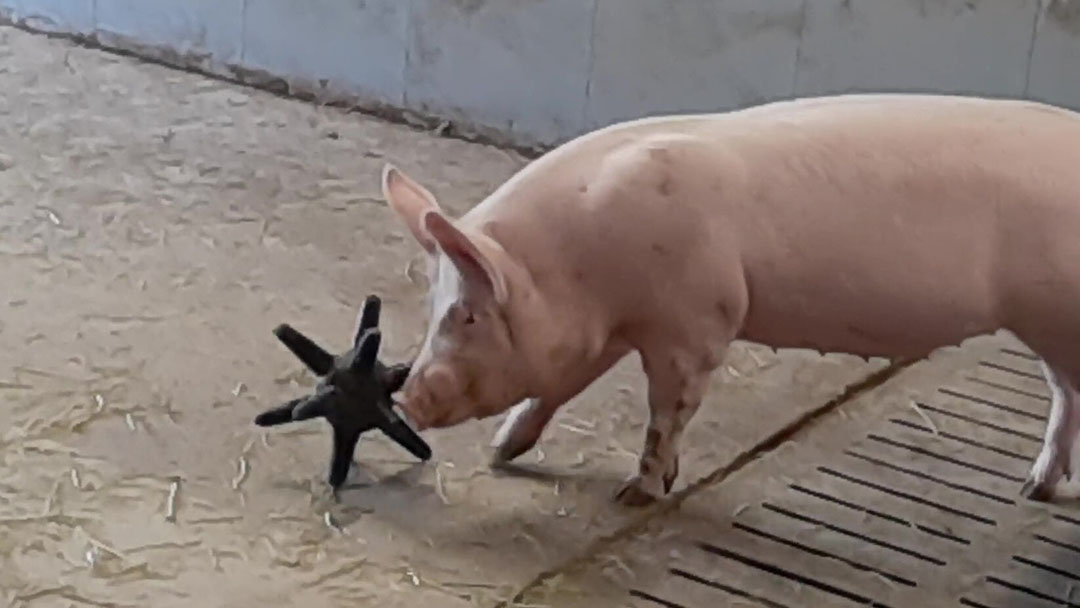
A consideration here is the production stage. At low stocking density they may give some entertainment, but on high stocking density these objects, that often can only be used by one or a few pigs, may not be suitable or economically justifiable.
Note that the seller description does not always apply to the specific product (but more broader to environmental enrichment in general), or has proven efficient in the claimed benefit. Make sure to assess for yourself whether the object can be investigated, manipulated, chewed and ingested, or at least most of these, and whether it would be suitable to maintain pigs’ interest for a sustained period of time.
The key to success for pig toys
The main aspect to consider about pigs’ interest, is that they will enjoy almost anything that is new. Offering variety is therefore more important than the suitability of the material, when it comes to keeping them occupied. Especially when enrichment serves to reduce tail biting, give those pigs something new every 2-3 days.
This does not need to be an expensive toy at all, and can be as simple as a cardboard box that they can rip apart. Do make sure it is safe (remove any plastic or sharp items), clean in terms of biosecurity risks, and sufficient for the group to engage with. Material choices can be rotated every week or few weeks. In conclusion, do not get misled by buying expensive toys that quickly lose their purpose. Instead, try to think of what is readily available, suitable to pigs, and stirs new interest.
 Beheer
Beheer

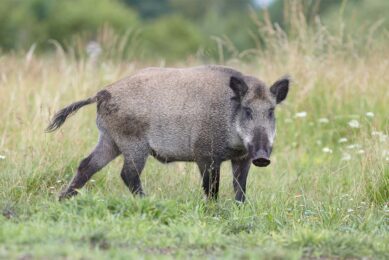
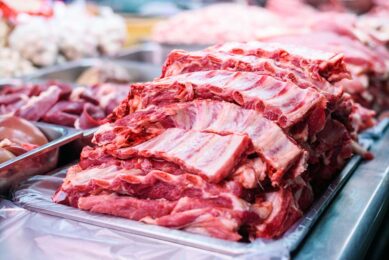

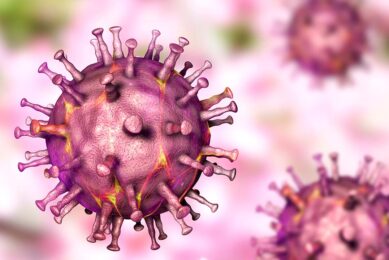



 WP Admin
WP Admin  Bewerk bericht
Bewerk bericht